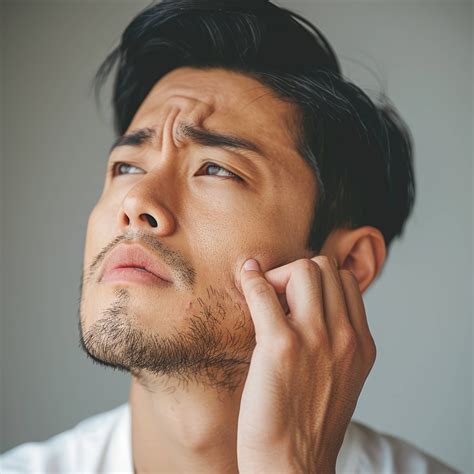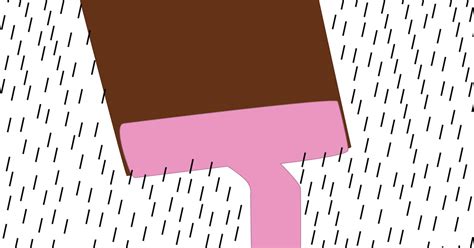Prevent razor burn & ingrowns: What shaving technique ensures peak performance?

Shaving is a daily ritual for many, yet it often comes with the unwelcome side effects of razor burn, irritation, and stubborn ingrown hairs. Achieving a smooth, comfortable shave that leaves your skin feeling great isn’t just about the tools; it’s profoundly about mastering the technique. By understanding and implementing the right steps, you can transform your shaving routine from a source of frustration into a path to peak performance and silky-smooth results.
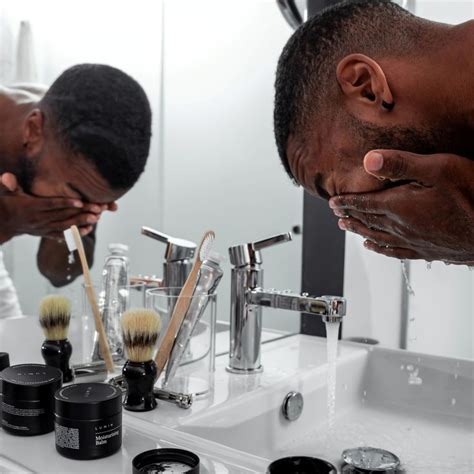
The Foundation: Pre-Shave Preparation
Cleanse Your Canvas
Start with a clean face. Washing your skin with warm water and a gentle cleanser helps remove dirt, oil, and dead skin cells, preventing them from clogging your razor and potentially causing infection. Warm water also helps open up pores and soften the hair follicles, making them easier to cut.
Exfoliate Gently
For an even closer shave and to prevent ingrowns, consider a mild exfoliant 1-2 times a week. This removes dead skin cells that can trap hairs, allowing them to grow outward rather than inward. However, avoid exfoliating immediately before shaving if your skin is sensitive.
Hydrate and Lather Up
The critical step before the blade touches your skin is proper hydration. Apply a high-quality shaving cream, gel, or foam generously. Let it sit on your skin for a minute or two to further soften the hairs. A rich lather creates a protective barrier, reduces friction, and allows the razor to glide smoothly.
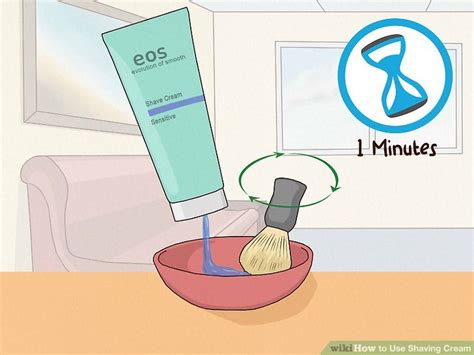
The Art of Shaving: Technique for Success
Choose Your Weapon Wisely
The type of razor matters. Multi-blade razors can offer a close shave but sometimes pull hair before cutting, increasing irritation. Single-blade or safety razors are often recommended for sensitive skin and those prone to ingrowns, as they cut the hair at the surface without tugging. Ensure your blades are always sharp and clean.
The Right Angle and Pressure
Hold your razor at roughly a 30-degree angle to your skin. Use light, short, controlled strokes. Never press down hard; let the sharpness of the blade do the work. Excessive pressure is a primary cause of razor burn and nicks.
Shave With the Grain
For your first pass, always shave in the direction your hair grows. This minimizes irritation and pulls on the hair follicle. While shaving against the grain can give a closer shave, it significantly increases the risk of razor burn and ingrown hairs, especially for sensitive skin. If you need a closer shave, re-lather and try shaving across the grain on your second pass, or only against the grain in areas less prone to irritation, and only after your skin has adapted.
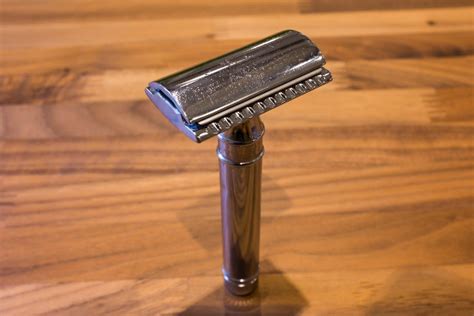
Rinse Your Blade Often
Rinse your razor after every 1-2 strokes to prevent hair and cream buildup, which can dull the blade and lead to an uneven shave.
Post-Shave Perfection: Soothe and Protect
Cool Rinse and Pat Dry
After shaving, rinse your face with cool water to close pores and remove any residual shaving cream. Gently pat your skin dry with a clean, soft towel; do not rub.
Moisturize and Treat
Immediately apply an alcohol-free aftershave balm or moisturizer. This replenishes moisture, soothes the skin, and helps prevent dryness and irritation. Look for ingredients like aloe vera, witch hazel, or chamomile for their calming properties. If you’re prone to ingrowns, consider a product with salicylic acid or glycolic acid for gentle exfoliation.
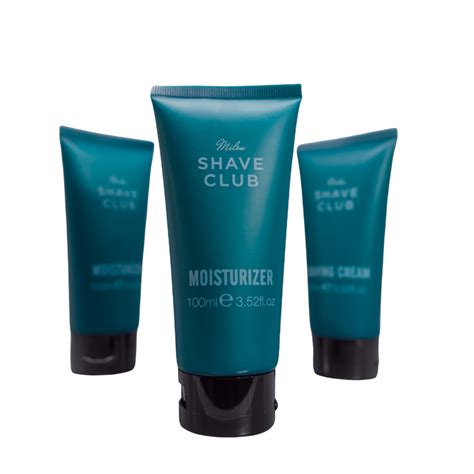
Troubleshooting & Long-Term Care
Don’t Skimp on Blade Replacement
Dull blades are the enemy of a good shave. Replace cartridge blades every 5-7 shaves, or sooner if you feel any tugging. For safety razors, replace the blade after 2-3 shaves. A fresh, sharp blade is crucial for minimizing irritation.

Consider Your Razor Type
If razor burn and ingrowns persist, experiment with different razor types. A traditional safety razor, an electric shaver, or even professional barber services might be a better fit for your skin and hair type.
Conclusion
Mastering the art of shaving is an ongoing journey of refinement and understanding your skin’s unique needs. By diligently following these techniques – from thorough preparation to gentle shaving and attentive post-care – you can significantly reduce the occurrence of razor burn and ingrown hairs. Embrace these steps, and enjoy the confidence that comes with a consistently smooth, irritation-free shave, ensuring peak performance for your skin, every single day.






